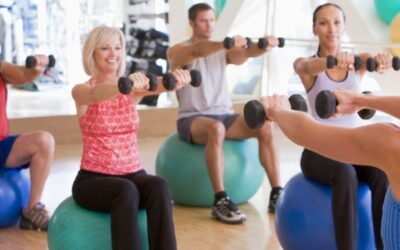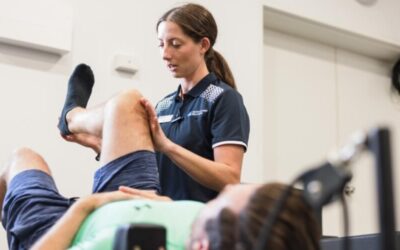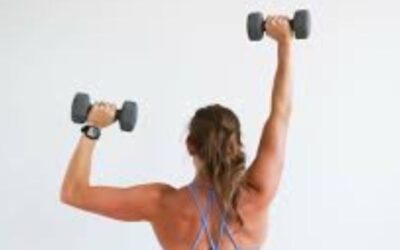A cervicogenic headache is a pain that develops in the neck, though a person feels the pain in their head. Cervicogenic headaches are secondary headaches. Secondary headaches are those caused by an underlying condition, such as neck injuries, infections, or severe high blood pressure.
What does it feel like?
A cervicogenic headache can cause symptoms similar to a migraine. You may feel tightness in the neck which can extend upward through the back of the skull and forward to behind the eyes. The tightness often makes it hard to concentrate or sit still for long periods.
Neck pain is an extremely common occurrence with cases presenting from a range of different occupations, both sedentary and active. The most common occurrence comes from those who work in an office environment or who are studying regularly and sit in front of a computer for most of the day. Tightness throughout the neck muscles can additionally lead to pain and reduced mobility in the neck, headaches, blurred vision and general mental fatigue.
When do you feel it?
After you’ve had an increase in workload with less than ideal posture, causing the head to move out in front of the body. Similarly, looking up for long periods of time like painting a ceiling, or even falling asleep in an awkward position may cause a cervicogenic headache.
How can Physiotherapy help?
Pain-relieving and joint mobility interventions including soft tissue release, joint mobilisation and dry needling.
Postural education to help adjust your seated posture and work-station set-up.
Advice on day-to-day adjustments and activity alterations to help reduce your pain.
Provision of an individualised rehabilitation program to improve your movement, strength and endurance.
What are the treatment options?
Physiotherapy: Expert advice and provision of a management plan which includes hands-on therapy and a strengthening exercise program.
The Top 5 Benefits of Joining an Exercise Class
In today's busy world, finding time to stay fit and active can be a challenge — especially when work demands, family commitments, and various other responsibilities seem to vie for our attention. However, one excellent way to prioritise your health and fitness goals...
Physiotherapy: What It Is and How It Can Help
Physiotherapy, often simply referred to as physio, is a branch of healthcare that plays a pivotal role in restoring and maintaining movement and physical function. It's a profession that goes beyond the conventional understanding of healthcare, focusing on empowering...
Exercise for Rotator Cuff Tendinopath
The rotator cuff is a collection of four muscles that connect the arm bone to the shoulder blade. They work together to provide stability to the shoulder, especially in an overhead position. However, highly repetitive tasks involving the shoulder (such as...



